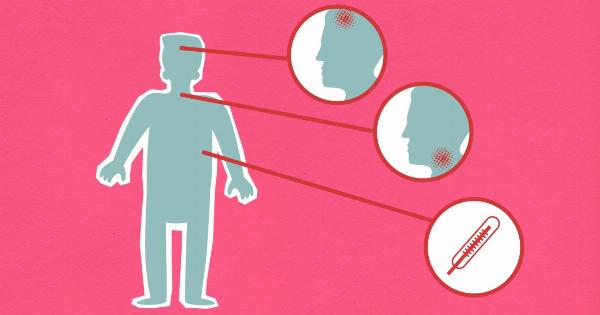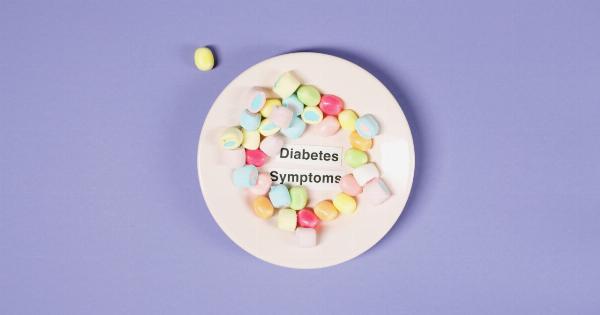Coronary artery disease (CAD) and ischemic stroke are two prevalent cardiovascular diseases that can lead to significant morbidity and mortality.
CAD is caused by the buildup of plaque in the arteries that supply blood to the heart, leading to reduced blood flow and potentially leading to a heart attack. Ischemic stroke, on the other hand, is caused by a lack of blood flow to the brain due to a blockage or clot in the arteries that supply blood to the brain.
Both diseases share similar risk factors and can often be prevented through lifestyle modifications and appropriate medical interventions.
Risk factors
There are several risk factors for both CAD and ischemic stroke, some of which can be modified or managed:.
- Age – risk increases with age
- Gender – men are at higher risk than women
- Family history of heart disease or stroke
- High blood pressure
- High cholesterol
- Tobacco use
- Physical inactivity
- Obesity
- Diabetes
Symptoms
The symptoms of CAD and ischemic stroke can vary depending on the severity of the disease and the area of the body affected. Some common symptoms include:.
- Chest pain or discomfort (CAD)
- Shortness of breath (CAD)
- Nausea or vomiting (CAD)
- Sudden weakness or numbness on one side of the body (stroke)
- Difficulty speaking or understanding speech (stroke)
- Loss of vision in one or both eyes (stroke)
- Dizziness or loss of balance (stroke)
Diagnosis
Both CAD and ischemic stroke can be diagnosed through a combination of medical history, physical exam, and diagnostic tests. Some common tests used to diagnose the conditions include:.
- Electrocardiogram (ECG) – measures the electrical activity of the heart to check for abnormalities (CAD)
- Echocardiogram – uses ultrasound to create images of the heart and its structures (CAD)
- Chest x-ray – can show the size and shape of the heart (CAD)
- Computed tomography (CT) scan – uses x-rays to create detailed images of the brain (stroke)
- Magnetic resonance imaging (MRI) – uses a magnetic field and radio waves to create detailed images of the brain (stroke)
Treatment
The treatment for CAD and ischemic stroke can differ, depending on the severity of the disease and the individual’s overall health. Some common treatments include:.
- Lifestyle modifications, such as a healthy diet, regular exercise, and smoking cessation
- Medications, such as blood pressure reducers and cholesterol-lowering drugs
- Procedures, such as angioplasty (opening blocked arteries) and stenting (keeping arteries open)
- Surgery, such as coronary artery bypass grafting (CABG) to reroute blood flow around blocked arteries (CAD)
- Clot-dissolving drugs or procedures to remove clots (stroke)
Prevention
Prevention is key in reducing the risk of both CAD and ischemic stroke. Several lifestyle modifications can help reduce the risk of these diseases, including:.
- Eating a healthy diet high in fruits, vegetables, whole grains, and lean proteins
- Avoiding tobacco use and excessive alcohol consumption
- Exercising regularly
- Maintaining a healthy weight
- Managing stress levels
Conclusion
Coronary artery disease and ischemic stroke are two common cardiovascular diseases that can have a significant impact on a person’s health and well-being.
These diseases share many of the same risk factors and can often be prevented through lifestyle modifications and appropriate medical interventions. Early detection and treatment can also help reduce the risk of complications and improve outcomes for those living with these diseases.






























